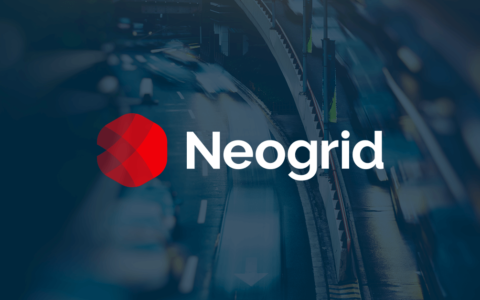
The current economic background indicates the need for changes in all sectors, especially in the retail sector. Supply chain agents forecast an end of year with declines in sales to final consumers, which would be the first decline in 12 years, as reported by Estadão, on October 4, 2015. As calculated by the National Confederation of Trade (CNC), sales in the restricted retail (which includes vehicles and construction materials) should fall more than 4 percent. This calculation is made based on the forecast for this year, comparing it to the performance of December 2014.
In this context, the increase in operational efficiency emerges as an opportunity to prevent bad economic winds from affecting your company’s cash flow. A good solution in this sense is to establish a model that can closely monitor the behavior of those who should be of the most interest to retail and to the industry: final consumers.
Named sell-out, this method guides your inventory planning and replenishment for greater visibility of products on the shelves, favoring competitiveness. The blog post What’s sell-out and how it can increase the efficiency of the supply chain explains in more detail how sell-out can work against the fluctuations between inventory lack and excess.
Below you’ll find five real benefits for your company when using this model:
- Greater transparency against inflated inventory: a very common behavior between the links in the supply chain (industry and retail) to avoid out-of-stock is to maintain full inventory. This type of storage keeps money in the inventory, at the store or at the Distribution Center, resulting in costs and providing a wrong dimension of sales, since it has not been effected to the end consumer.
- Avoids products waste: the situation brought in the previous topic can lead to loss of items, since a large inventory volume can compromise the expiration date of products. This can lead to waste or to even higher costs with the return of products.
- Removes promotional sales that reduce profit: with an inflated inventory, another very common solution in retail is to promote large promotional sales, to free up storage space and avoid the loss of products. This reduces the profit margin on the items, impacting cash flow.
- Fights the lack of products: in the opposite direction of the situations listed above, another problem to be avoided is out-of-stock. This can lead the final consumer to look for another establishment or choose a competitor’s brand, which impacts on the retail’s and industry’s profit, respectively.
- Greater clarity regarding fixed price: in the sell-out model, the negotiation variable between the chain links becomes the value of the sale to the final consumer and not the definition of price for sell-in (sales made by the manufacturer to retail). This gives greater transparency in the relationship between these agents, as it aims to regulate the price applied to the end customer.
By adapting to the sell-out model, it is possible to align the interests of each of the agents in the supply chain. In addition to favoring competitiveness, this model equalizes the relation between them and avoids the excess of items or their lack in stock (factors that generate losses to retail).
Subscribe to our blog posts to learn how technology can be an ally in the challenge to increase efficiency in your business.





